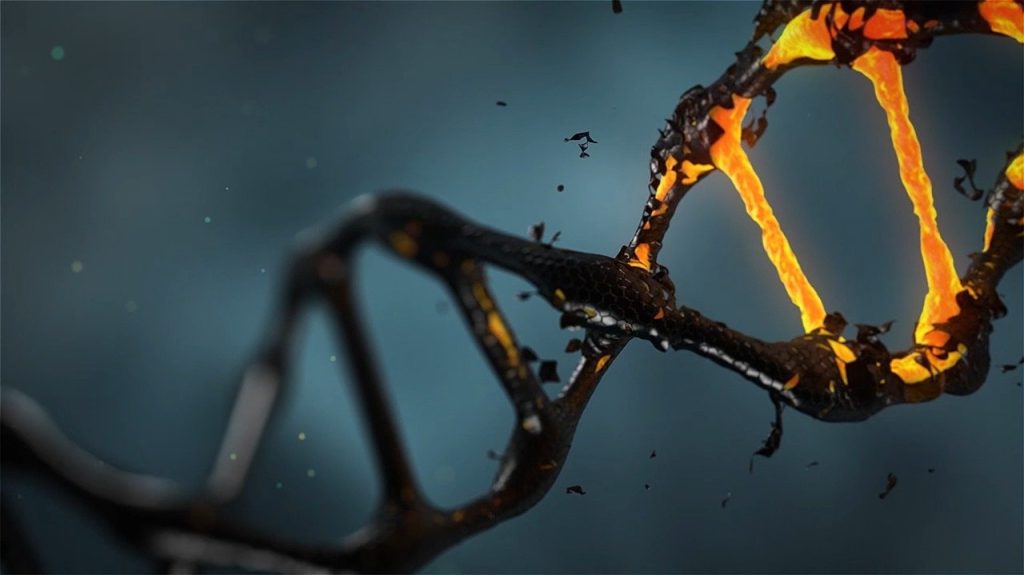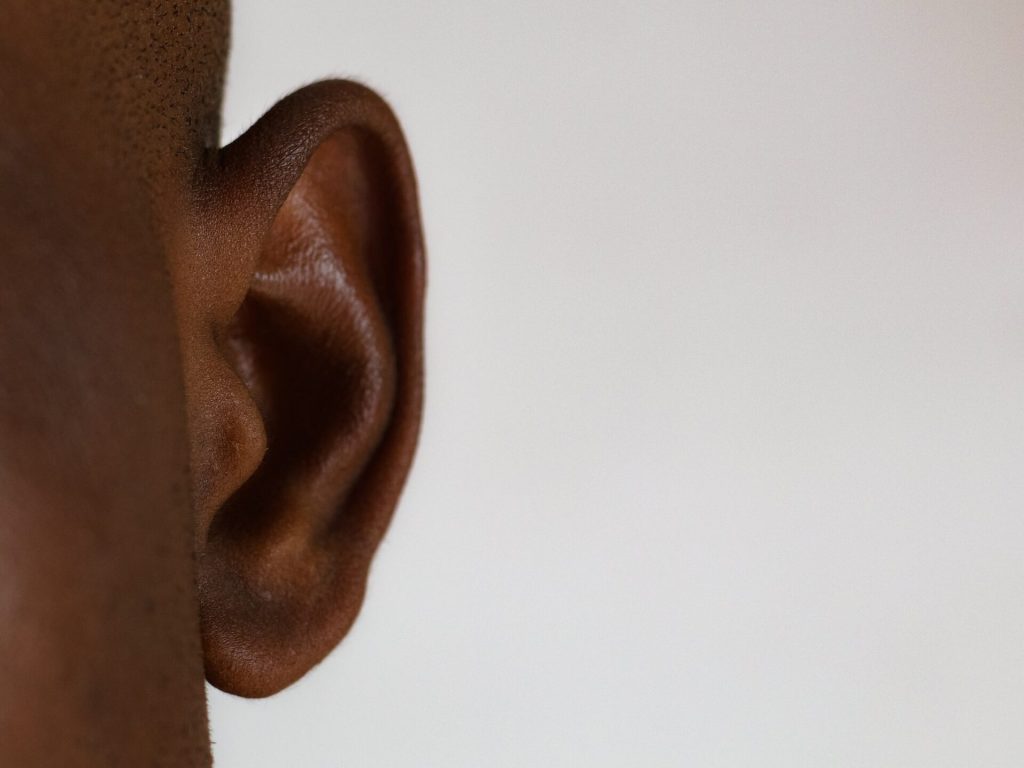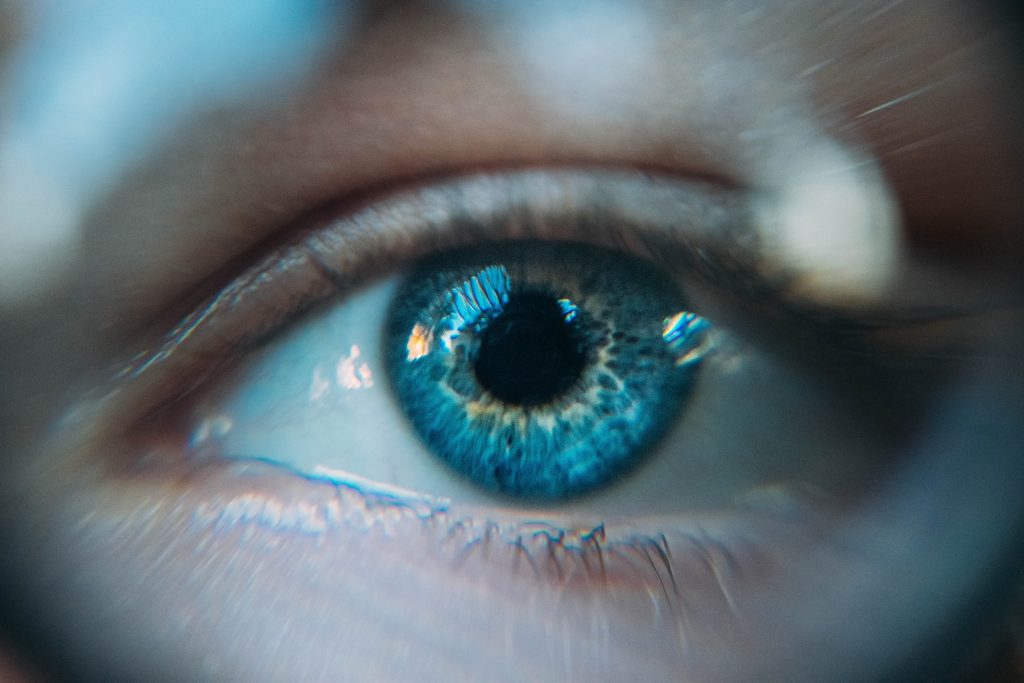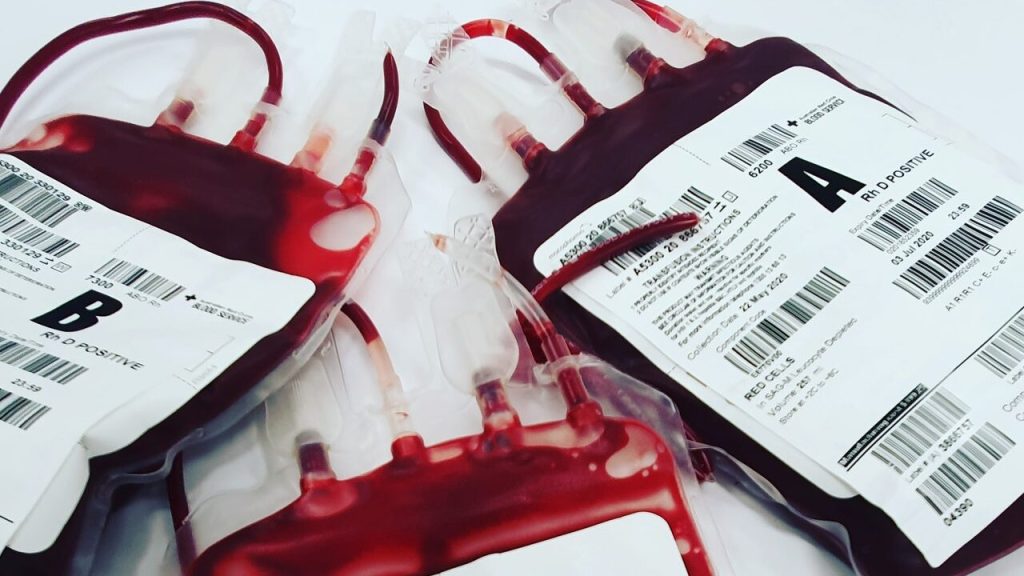Gene Therapy for Inherited Blindness Results in 100-fold Vision Improvement

People with a rare genetic mutation that causes significant vision loss early in childhood experienced a 100-fold improvement in vision after receiving a corrective gene therapy. Some patients even experienced a 10 000-fold improvement in their vision after receiving the highest dose of the therapy, according to researchers from the Perelman School of Medicine at the University of Pennsylvania who co-led the clinical trial published in The Lancet.
“That 10 000-fold improvement is the same as a patient being able to see their surroundings on a moonlit night outdoors as opposed to requiring bright indoor lighting before treatment,” said the study’s lead author, Artur Cideciyan, PhD, a research professor of Ophthalmology and co-director of the Center for Hereditary Retinal Degenerations. “One patient reported for the first time being able to navigate at midnight outdoors only with the light of a bonfire.”
A total of 15 people participated in the Phase 1/2 trial, including three paediatric patients. Each patient had Leber congenital amaurosis as the result of mutations in the GUCY2D gene, which is essential to producing proteins critical for vision. This specific condition, which affects less than 100 000 people worldwide and is abbreviated as LCA1, causes significant amount of vision loss as early as infancy.
All subjects had severe vision loss with their best measure of vision being equal or worse than 20/80 – meaning if a typically-sighted person could see an object clearly at 80 feet (24m), these patients would have to move up to at least 20 feet (6m) to see it. Glasses provide limited benefit to these patients because they correct abnormalities in the optical focusing ability of the eye, and are unable to address medical causes of vision loss, such as genetic retinal diseases like LCA1.
The trial tested different dosage levels of the gene therapy, ATSN-101, which was adapted from the AAV5 microorganism and was surgically injected under the retina. For the first part of the study, cohorts of three adults each received either a low, mid, ore high dose. Evaluations were held between each level of dosage to ensure that they were safe before upping the dosage for the next cohort. A second phase of the study involved only administering the high dosage levels to both an adult cohort of three and a paediatric cohort of three, again after safety reviews of the previous cohorts.
Improvements were noticed quickly, often within the first month, after the therapy was applied and lasted for at least 12 months. Observations of participating patients are also ongoing. Three of six high-dosage patients who were tested to navigate a mobility course in varying levels of light achieved the maximum-possible score. Other tests used eye charts or measured the dimmest flashes of light patients perceived in a dark environment.
Of the nine patients who received the maximum dosage, two had the 10 000-fold improvement in vision.
“Even though we previously predicted a large vision improvement potential in LCA1, we did not know how receptive patients’ photoreceptors would be to treatment after decades of blindness,” said Cideciyan. “It is very satisfying to see a successful multi-center trial that shows gene therapy can be dramatically efficacious.”
Primarily, the study sought to determine the safety of the gene therapy and its varying dosage levels. Researchers did find some patients had side effects, but the overwhelming majority were related to the surgical procedure itself. The most common side effect was conjunctival haemorrhage, the breakage of small blood vessels underneath the clear surface of the eye, which healed. Two patients had eye inflammation that was reversed with a course of steroids. No serious side effects were related to the study drug.
This work comes on the heels of another successful ophthalmological trial at Penn restoring sight in patients with a different form of LCA. Earlier in 2024, CRISPR-Cas9 gene editing was used to improve the sight of many patients with a form of LCA tied to mutations in the CEP290 gene. Co-led by one of the new paper’s co-authors, Tomas S. Aleman, MD, professor in ophthalmology and co-director with Cideciyan of the Center for Hereditary Retinal Degenerations, the study used similar tests and was the first time children were involved in any gene editing work.
“The treatment success in our most recent clinical trials together with our earlier experience brings hope for a viable treatment for about 20 percent of infantile blindness caused by inherited retinal degenerations,” Aleman said. “The focus now is on perfecting the treatments and treating earlier manifestations of these conditions once safety is confirmed. We hope similar approaches will lead to equally positive outcomes in other forms of congenital retinal blindness.”
Moving forward, approval of this experimental medicine for clinical use requires a randomised controlled trial.







